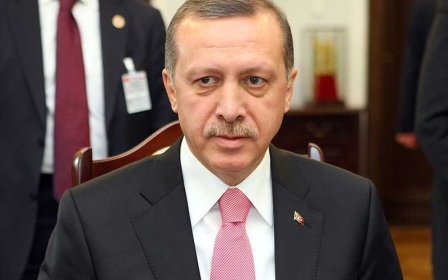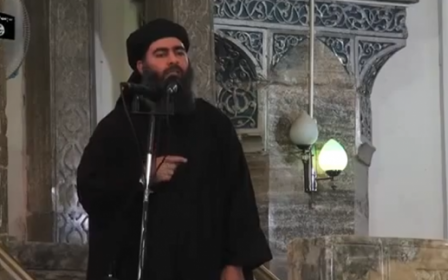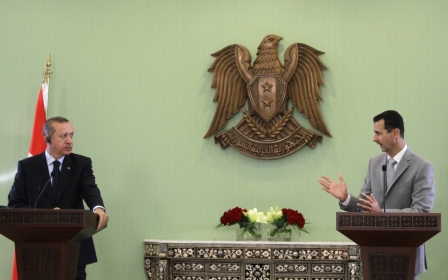Hundreds of Turkish soldiers evacuate Syrian tomb, one killed

Ankara launched a military operation into Syria to evacuate a small Turkish enclave that housed the tomb of Suleyman Shah, it was announced early Sunday.
More than 550 soldiers, flanked by dozens of tanks and almost 60 armoured vehicles as well as planes and helicopters crossed the border into Syria in the operation, according to Turkish daily newspaper, Huuriyet. One soldier was killed in an accident, authorities said, without releasing his identity.
The tomb in northern Syria, about 40 kilometres from the border, has been regarded as Turkish soil since the dissolution of the Ottoman Empire and has traditionally been guarded by a Turkish garrison of about 40 soldiers. Shah, a 12th-century military leader, was the grandfather of Osman I, who is seen as the founder of the Ottoman Empire and became its first sultan in the 13th century.
Damascus, however, lashed out at the operation, saying that the move was an act of "flagrant aggression," state news agency SANA said.
"Turkey is not satisfied with merely giving all kinds of support to its puppets Daesh (the Islamic State group), (al-Qaeda affiliate) the al-Nusra Front and other terrorist groups," said a foreign ministry statement carried by SANA.
"It even carried out... a flagrant aggression against Syrian territory."
In recent days, several reports have emerged claiming that the area was coming under increasing pressure from Islamic State militants, with some reports suggesting that IS had captured a Turkish soldier, although the government has firmly denied this.
Before the Turkish troops retreated, they extracted Shah’s remains as well as all artefacts at the site and blew up the tomb to prevent it falling into IS hands, authorities said.
The tomb has seen its share of controversy since the start of the Syrian conflict, with leaks emerging last year showing the Turkish head of intelligence Hakan Fidan and the then Turkish foreign minister, now prime minister, Ahmet Davutoglu, planning a “false flag” operation.
In the conversation, Fidan can be heard discussing sending four men from Syria to attack Turkey to "make up a cause of war." Ankara has long called for Syrian President Bashar al-Assad to step down and has been one of his firmest critics since the uprising against his rule broke out in 2011.
“I want to stress that a nation can build a future only by laying a claim to its past,” Prime Minister Davutoglu said, while dubbing the operation on the tomb “extremely successful”.
The operation came about "in light of a recent rise in clashes in the region [Syria] and as a result of the Turkish Armed Forces' opinion on the compelling military circumstances," Davutoglu added.
The army said in a subsequent statement that “security concerns and military obligations” pushed them to stage the operation. No clashes occurred with forces loyal to Syrian President Bashar al-Assad, the army added.
The tomb is to be relocated to another spot within Syria that is closer to the Turkish border. Turkey will submit a notice to the Syrian consulate in Istanbul about the relocation, Hurriyet reported. Assad’s government, as well as US-led anti-IS coalition leaders, were told of the incursion but only after it got under way, Davutoglu told reporters.
The tomb has been moved twice before in its long history, once in 1939 and again in 1975, Erdogan said, while stressing that a Turkish flag would continue to fly over the new location.
Turkish television channels broadcast images of Turkish troops planting the Turkish flag overnight at the site. There were no further details on the size of the new pocket of territory under the Turks' control.
In March last year, growing violence in Syria prompted then prime minister and now President Erdogan to announce that any attack on the tomb would be considered an attack on Turkey. In October, the Turkish parliament approved a bill allowing armed forces to conduct military operations in Syria and Iraq for the period of one year.
Middle East Eye propose une couverture et une analyse indépendantes et incomparables du Moyen-Orient, de l’Afrique du Nord et d’autres régions du monde. Pour en savoir plus sur la reprise de ce contenu et les frais qui s’appliquent, veuillez remplir ce formulaire [en anglais]. Pour en savoir plus sur MEE, cliquez ici [en anglais].




